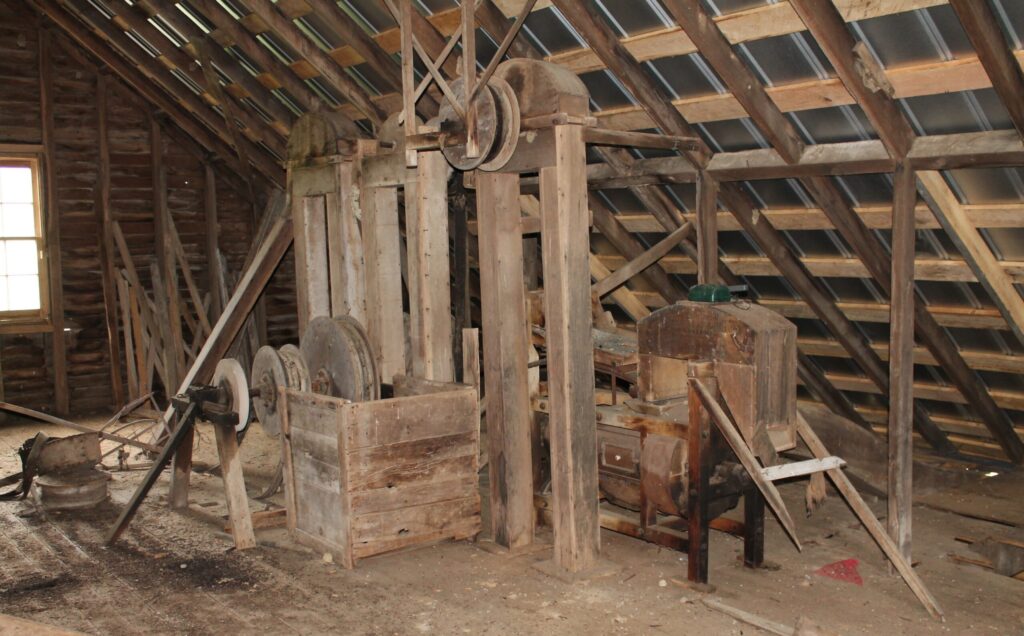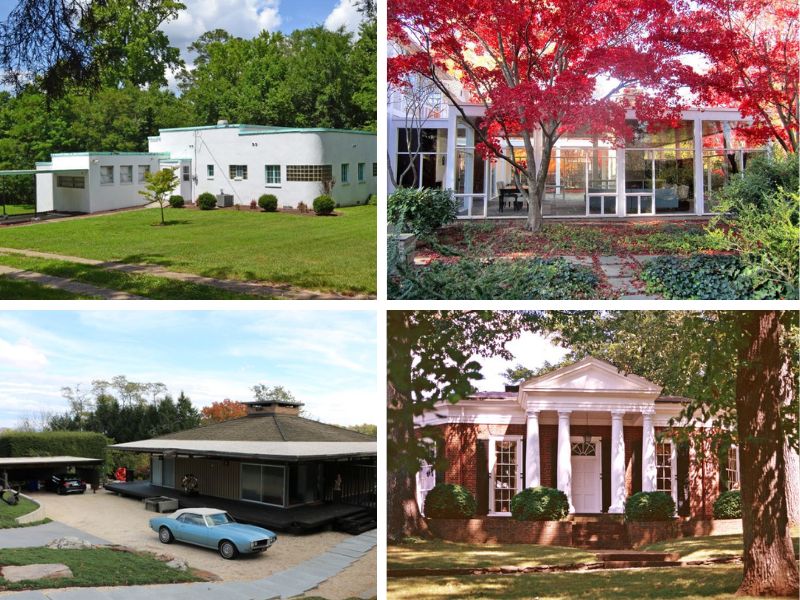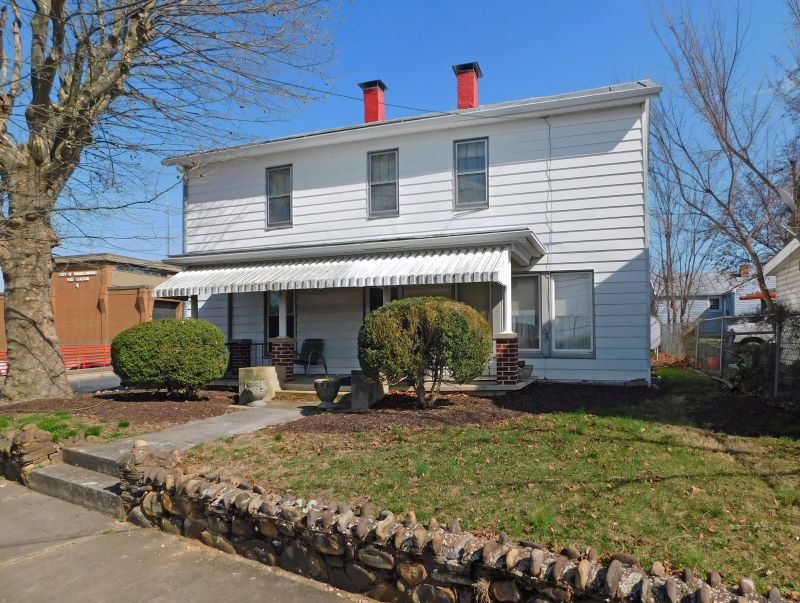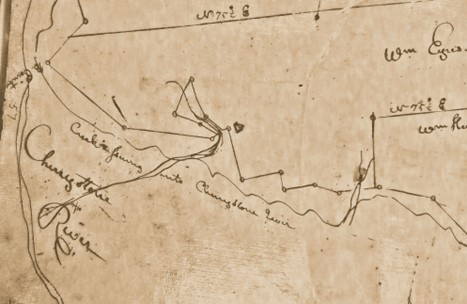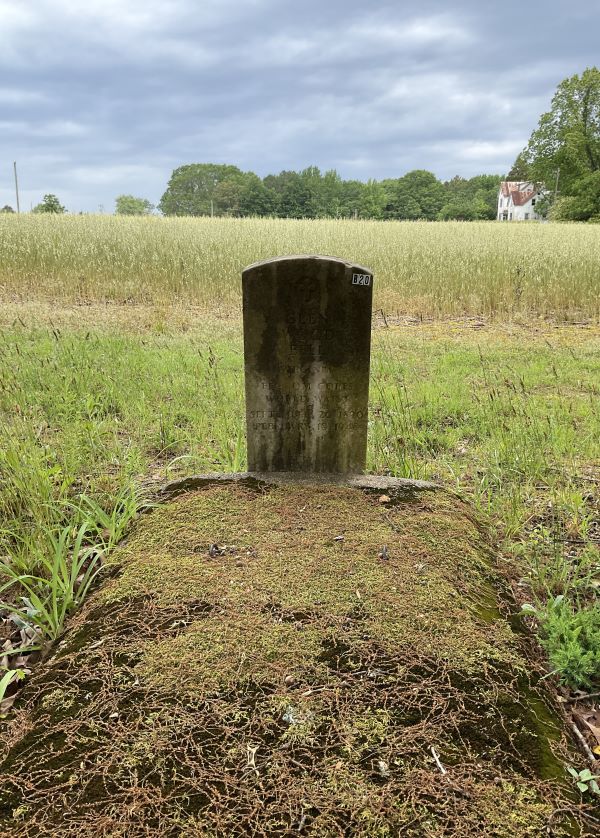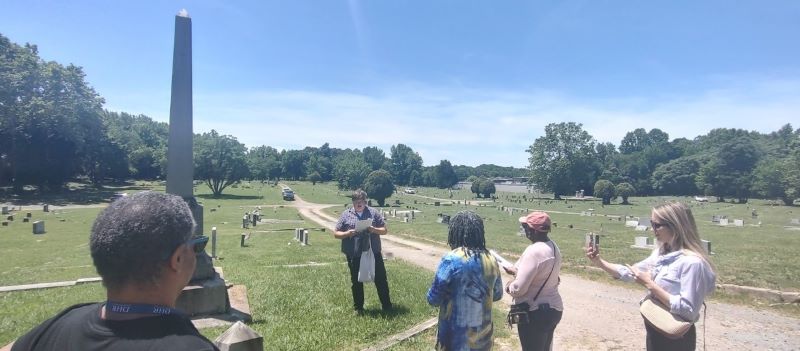Virginia Landmarks Register Spotlight: Roberson Mill of Floyd County, Virginia
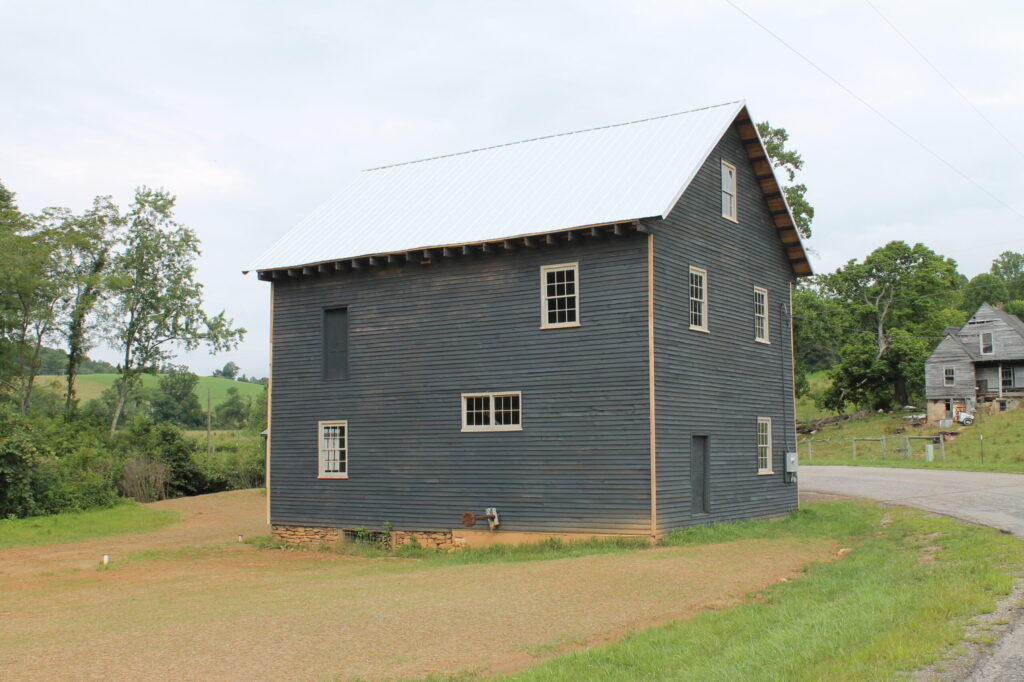
The water-powered Roberson Mill, a rare mid-1880s artifact, paints one of the most accurate pictures of flour milling in rural Virginia before steam power and electricity transformed the agricultural industry in the late 19th and early 20th centuries.
By Lena McDonald, Register Historian
Water-powered mills once were a common sight across rural Virginia’s landscapes. Local centers of industry, these mills ground locally grown corn and wheat and provided farmers with an efficient way to prepare their products for distant markets. Unlike freshly harvested crops, corn meal and wheat flour were stable enough to transport across long distances in a time long before refrigeration. Other water-powered mills processed timber harvests by cutting felled trees into lumber, weatherboard siding, and other materials needed for construction of new buildings. Machine-cut timber was processed far more efficiently than earlier methods in which a tree had to be hand-hewn to create beams and joists.
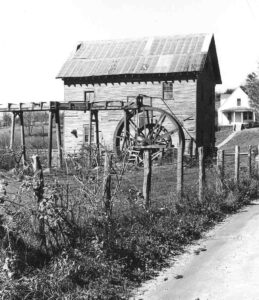
Due to their locations alongside streams, mills have always been at risk of damage or destruction by floods, and many of Virginia’s mills met this fate. Some mills were rebuilt again and again, possibly incorporating salvaged materials from the earlier building and/or using new construction methods and materials to strengthen their resilience. As steam power supplanted water power and electric turbines came into use, millers who could not afford such upgrades often could not compete. Mills grew larger and more specialized, but also less common as operations were centralized.
Some water-powered mills, however, continued to operate well into the 20th century. One example is the Roberson Mill in Floyd County. Built by miller and blacksmith John W. Epperly in the mid-1880s and acquired by miller Homer Roberson in 1931, it was one of the last two commercial mills to operate under water power in the county and was never modified to accommodate a roller mill (which uses cylindrical rollers to grind materials against either in opposing pairs or against a flat plate). The Roberson Mill represents, therefore, the county’s most authentic picture of flour milling as it was done in the United States through most of the 19th century. Homer Roberson continued to operate the mill on an intermittent basis through 1988.
The nomination for the mill was prepared by DHR’s Michael Pulice, architectural historian in the Western Regional Preservation Office, and retired Radford University professor Ricky Cox. As Cox explains, John Epperly was among the very last Floyd County flour millers to use the “Oliver Evans system” of flour milling, the chief components of which (in Floyd County flour mills) are one set of conventional millstones specially dressed for grinding wheat and a simple reeltype sifter. Also necessary are shafting with pulleys and belts or gears to transmit power, elevators and spouts for moving wheat and flour between levels, and one or more machines for removing foreign matter from the wheat before it is ground. The men who owned Roberson Mill between 1900 and 1930 chose not to refit the interior and modify the water power to accommodate a roller mill system, although they no doubt knew this was happening at other older flour mills, like the Spangler Mill on Pine Creek and the Harman Mill on West Fork Creek (both in Floyd County). According to Harry Roberson, Homer Roberson's son, the only major change made by Homer was the replacement of the 16-foot wooden wheel with a Fitz steel overshot wheel. The salvaged 18-foot wheel was acquired for $90 from P.L. Shelor, Jr., about 1948 and came from the Huffville Roller Miller/Ezra Wimmer Mill on Brush Creek. It was not installed until 1956. During later restoration work, however, the water wheel was found to be too deteriorated for further use, necessitating the purchase of a new one.

The Roberson Mill is a well-preserved artifact with a coursed stone foundation, heavy timber frame structural components, weatherboarded siding, six-over-six windows, a sheet-metal-clad gable roof, two sets of millstones located on an elevated platform within the first-floor room, two rare surviving bolting chests, a buckwheat huller, a Cranson grain scourer, and various other historic pieces of milling machinery. In recent years, the mill has been undergoing a methodical, historically sensitive restoration that will restore water power and milling operation. The mill eventually is planned to be opened and interpreted to the public by the Friends of Roberson Mill, a non-profit organization that has taken on this extensive project in order to preserve an icon of Floyd County’s rural landscape.
